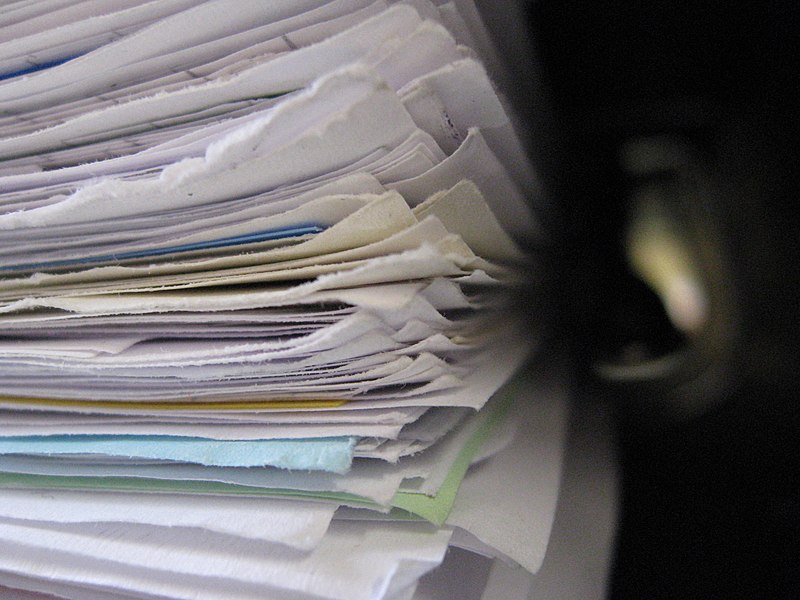
A handy guide from Tasnim Elmamoun at PLOS blogs:
So… how do we identify spin? As Chiu and colleagues point out, spin can take a variety of forms, including: 1) “inappropriate study given study data;” 2) “inappropriate extrapolations or recommendations for clinical practice;” 3) “selective reporting;” 4) and “more robust or favorable data presentation.” Let’s unpack these a little bit.
The first of these types, “inappropriate study given study data,” occurs when findings simply are interpreted incorrectly. Specifically, Chiu et al. found that this type of spin is commonly used in conjunction with casual (or colloquial) language, which in many cases has the potential to alter interpretation of the data. So how do researchers strike a balance between using scientific jargon and communicating an idea in language understandable by those not in the science community? Should there be a glossary of scientific definitions provided at the end of an article which readers can refer to?
The second type of spin, refers to using statistical evidence—unintentionally—to support a statement when the evidence does not point to the conclusion. For example, how often do we lament the weather forecast being incorrect? From a statistical standpoint, we shouldn’t ever be surprised when the forecast doesn’t match the weather because the forecast is based on extrapolation of data, and extrapolated data are really just estimates. So, the relationship between final conclusions and the extrapolated data upon which they are based is weaker than if the data had been measured directly.
…
Chiu et al. found evidence of spin in nine reports examined (9/35), across eight scientific findings that included spin. These researchers examined the conclusions of these scientific trials and found that conclusions were heavily spun the data were inconclusive to answer the question being asked. More.
Read the rest. And consider, this spin is happening before pop science writers get hold of it, never mind what is served up to us afterward.
See also: Science writing in an age when we ran out of pom poms to wave